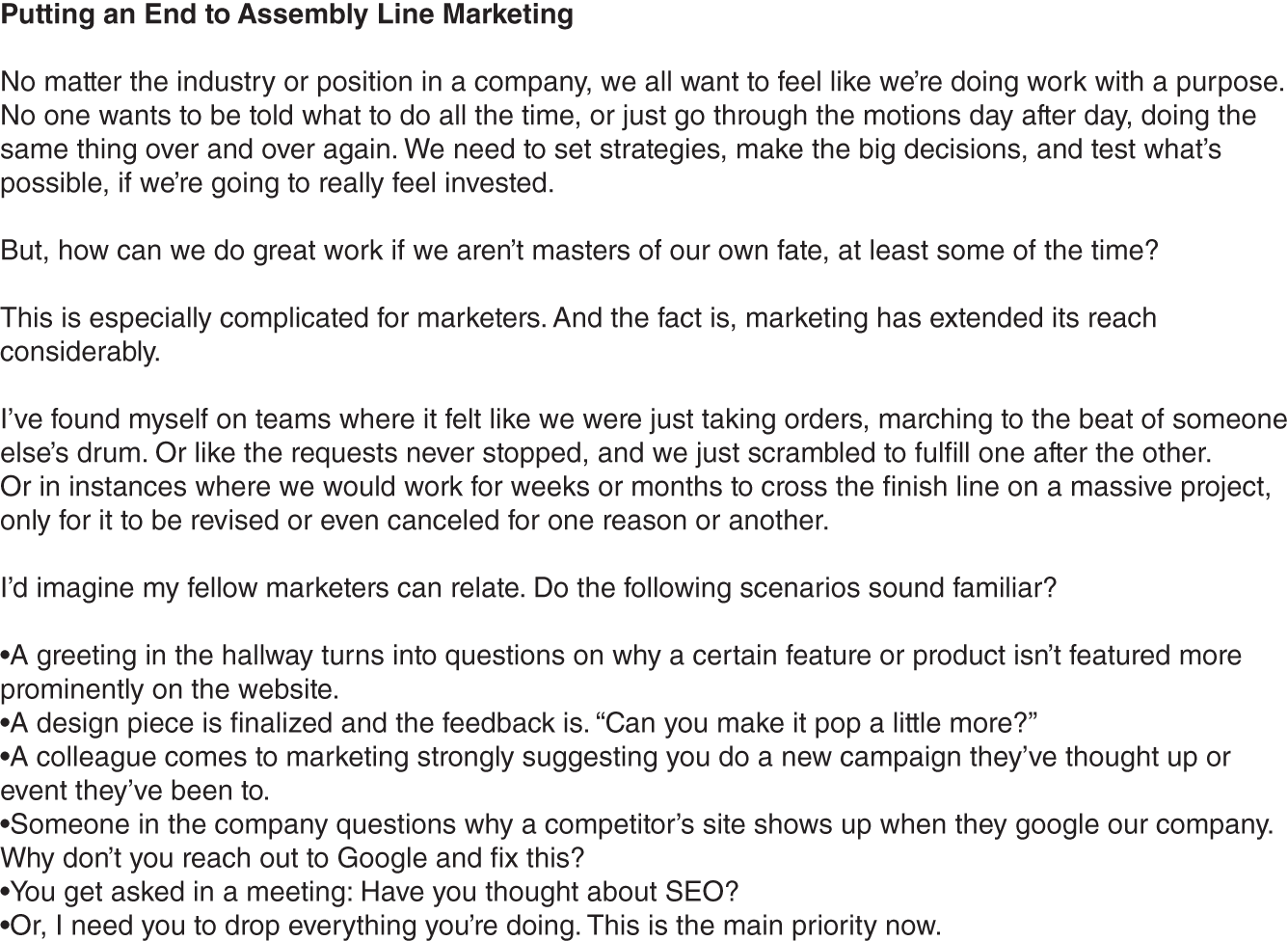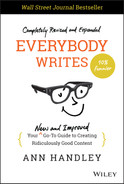16
If You Take a Running Start, Cover Your Tracks
Often we take too long to get into a piece.
We clog up the start with too much background. We fertilize overgrowth with detailed setup. We paw at the ground instead of charging right at it. (“In this article, I will…”)
In other words, we take a metaphorical running start on the page—before getting to the actual starting point.
A running start is a fine way for a writer to warm up to a topic. I do it all the time.
But it's a terrible way to pull readers in. So I usually go back and erase the running start, covering my tracks.
One of my college professors would routinely lop off the first paragraph or two from our printed essays—literally snip them off with a pair of scissors she kept at her desk.
It was alarming the first time or two we got a lobotomized page back. But you had to agree: Her pruning barely affected the meaning. And it vastly improved that important reader first impression.
* * *
Try it with the next piece you write: Can you trim the start? Or lop it off completely? Would that help pull your reader in?
Take a look at an example from MarketingProfs. Here are the unedited first few paragraphs of a submission about using YouTube to market:
Simultaneous to the modern boom of Web 2.0 and along with the rise of social media, companies have projected their presence by utilizing social media giants (e.g., Facebook and Twitter) in attempts to market their businesses.
And while companies have seen much success in tapping the vein of reaching the masses through the few quintessential social networks, only a fraction have explored the option of YouTube marketing.
Let's take a look at the facts.
YouTube is not only the second largest search engine, but also the third most visited website in the world, only behind Google and Facebook. It receives over 1 billion unique monthly visitors and has about 6 billion hours of videos watched each month. Let that sink in.
Oh boy. (Professor! Can I borrow your scissors?)
That entire first paragraph can be snipped off the top without losing much context.
(Also, the use of “utilizing” here when the simpler “using” or “via” would work makes me wonder if the writer was paid by the syllable.)
(Just kidding.)
(Kind of.)
Anyway, here's the same piece, post-editing:
Many companies have succeeded in reaching their audiences via social networks such as Facebook and Twitter. But only a fraction have explored the option of marketing via YouTube.
YouTube is not only the second-largest search engine but also the third most-visited website in the world, behind only Google and Facebook. It receives over 1 billion unique monthly visitors, and it has about 6 billion hours of videos watched each month.
Let those numbers sink in for a minute…
Let's live-edit another example.
Before:

That first paragraph doesn't add a lot. The second paragraph is good … but is it in the right place?

It's not. It's better at the end of the setup.
After:

Ahh (deep cleansing breath) … much better.
